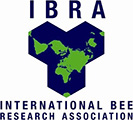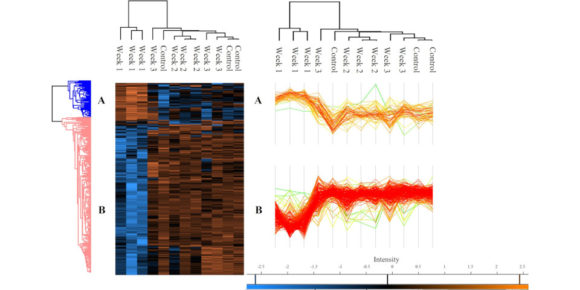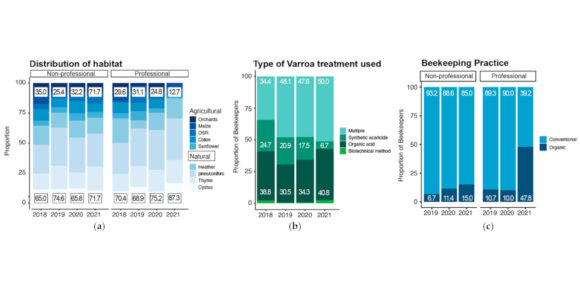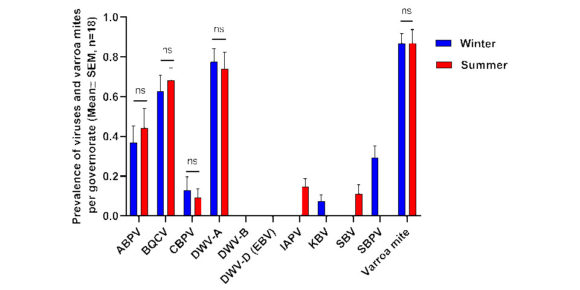Exposure of Apis mellifera to anti-Varroa destructor formic acid treatment induces significant proteomic alterations
The parasitic mite Varroa destructor is a major threat to the health and productivity of Apis mellifera hives and induces its effect by feeding on the fat body of larvae/pupae and transmitting viruses. The effect of the anti-Varroa formic acid containing – Mite Away Quick (MAQ) strips on the proteome of A. mellifera was assessed.…















